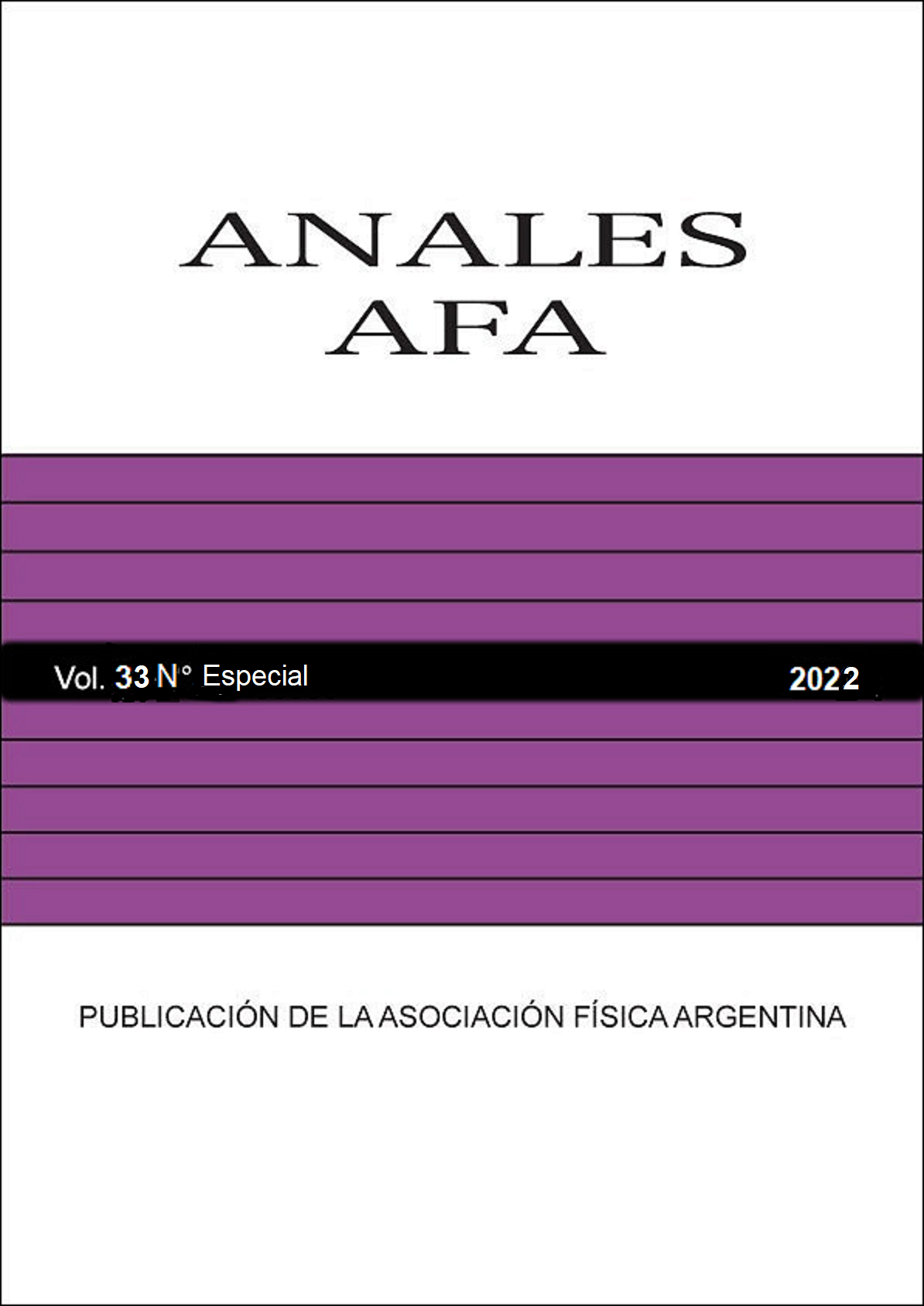CFD ANALYSIS ON FLOW CONTROL USING A BALL VALVE
Abstract
Flow control in piping systems is present in many engineering applications and is carried out by different components. In particular, ball valves consist of a plug with a cylindrical orifice that regulates the flow through rotation, modifying the effective passage section. In the present work, this type of device is studied using Computational Fluid Dynamics (CFD). The simulations are carried out using the SimScale calculation platform, based on the free OpenFOAM software. The main objective of this analysis is to set and validate a numerical tool to predict the relationship between the opening percentage and the pressure loss for normalized valves, analyzing the flow structures developed in the vicinity of the plug. The models used are validated in axisymmetric problems of conduits with constant section and with a localized stricture, comparing with the analytical solution and with numerical simulations, respectively. Then the case of a real ball valve in a turbulent regime at different openings is studied, comparing the results with experimental data and with numerical simulations carried out by other authors. A good agreement of the pressure loss coefficient is observed for each of the opening angles studied, verifying its independence on the Reynolds number




